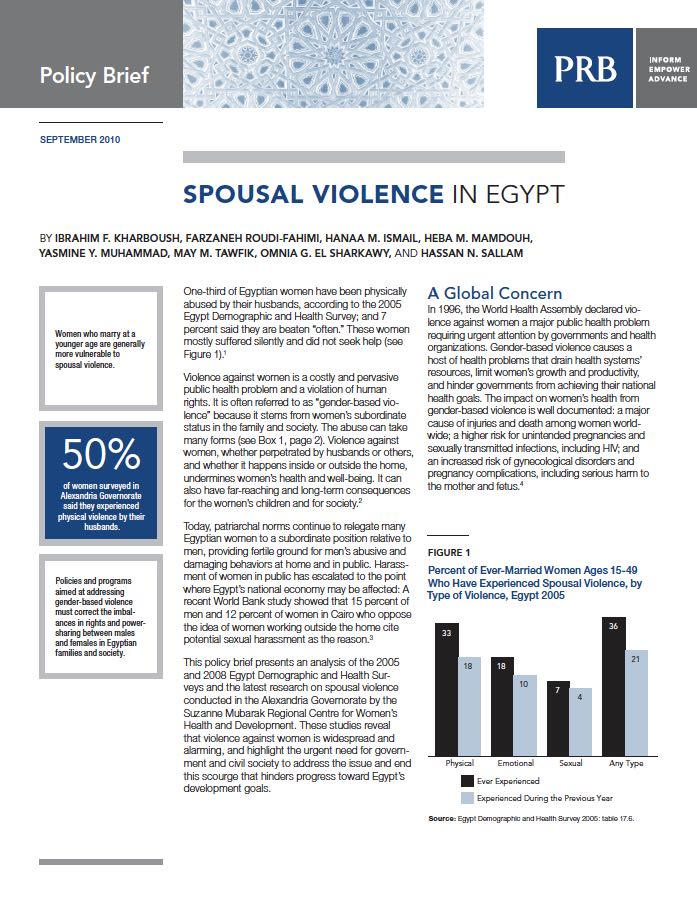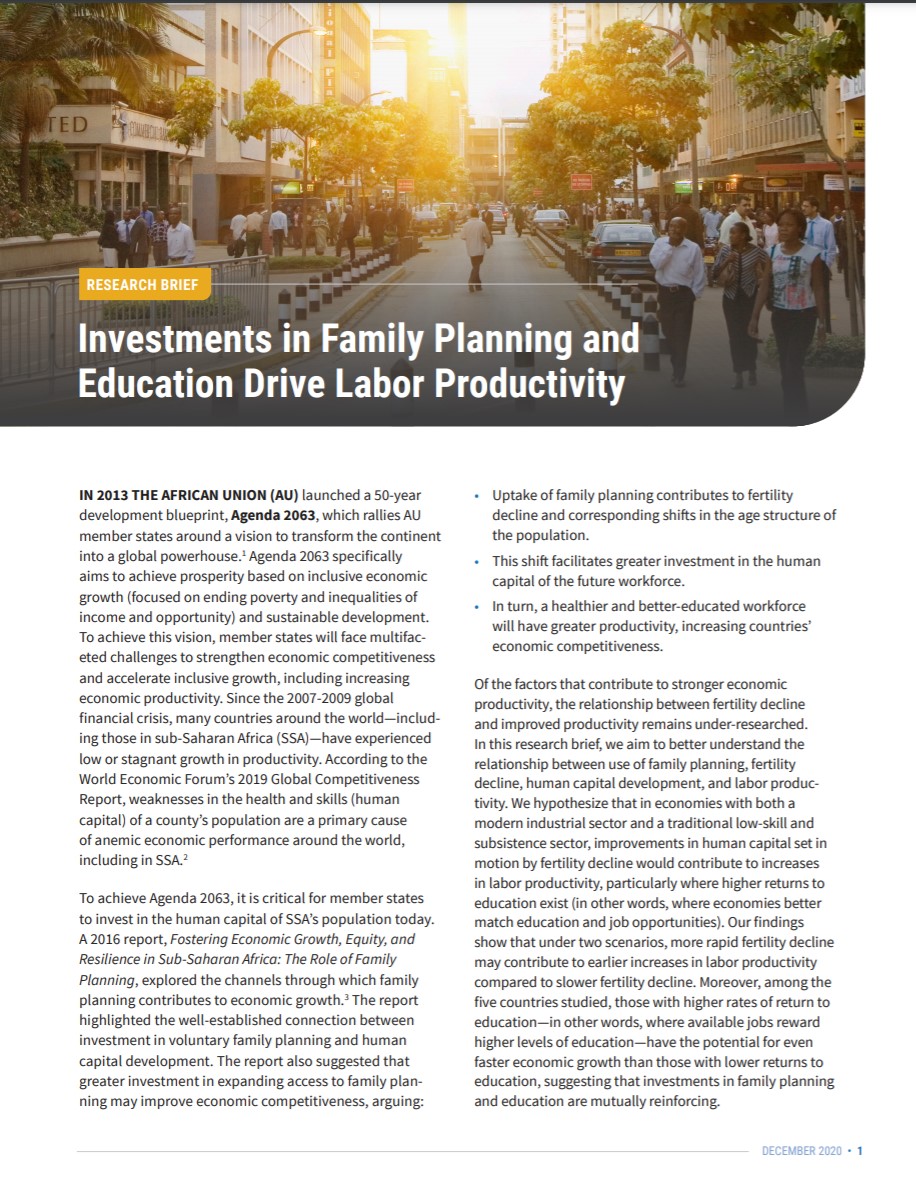607 Search Results Found For : "Дизайн Человека Виктория Джем Рейтинговый Эксперт Дизайн Человека Human Design metahd.ru"

Project: Appalachia: Demographic and Socioeconomic Trends
Appalachia’s Aging Population—More Residents Ages 65+, Fewer Ages 25 to 64—Signals Challenges Ahead
(2018) The Appalachian Region’s aging population may pose challenges “down the road” for local governments and community service providers, say the authors of a new Population Reference Bureau (PRB) report for the Appalachian Regional Commission.

Spousal Violence in Egypt
(2010) One-third of Egyptian women have been physically abused by their husbands, according to the 2005 Egypt Demographic and Health Survey; and 7 percent said they are beaten "often." These women mostly suffered silently and did not seek help.
U.S. Marriage, Divorce, Childbearing Trends Bring New Risks for Parents, Children
(2015) Three presentations about increased childbearing outside marriage, more parents with children from more than one partner, and a shrinking share of married people in the U.S. population have brought new complexity to U.S. family life, and risks for the health and well-being of children and parents.
Gender-Based Violence Increases Risk of HIV/AIDS for Women in Sub-Saharan Africa
(2011) Approximately 68 percent of people infected with HIV worldwide live in sub-Saharan Africa, where the virus disproportionately affects women.

Project: PACE: Policy, Advocacy, and Communication Enhanced for Population and Reproductive Health
Policy Brief. Investments in Family Planning and Education Drive Labor Productivity
In this research brief, we aim to better understand the relationship between use of voluntary family planning, fertility decline, human capital development, and labor productivity. To assess the relationship between family planning, fertility decline, and labor productivity, we applied the Canning-Karra-Wilde (CKW) macrosimulation model in five countries in SSA: Ghana, Kenya, Nigeria, Uganda, and Zambia.

Project: Center for Public Information on Population Research (CPIPR)
Anti-Poverty Tax Credits Linked to Declines in Reports of Child Neglect, Youth Violence, and Juvenile Convictions
A temporary expansion of the child tax credit helped fuel a dramatic drop in child poverty in 2021.
Sustainable Development Indicators: The Last Missing Piece of the 2030 Agenda
The 2015 adoption of the Sustainable Development Goals (SDGs) was a major milestone for United Nations (UN) Member States seeking to jumpstart efforts to improve people’s lives and maintain a healthy planet.

